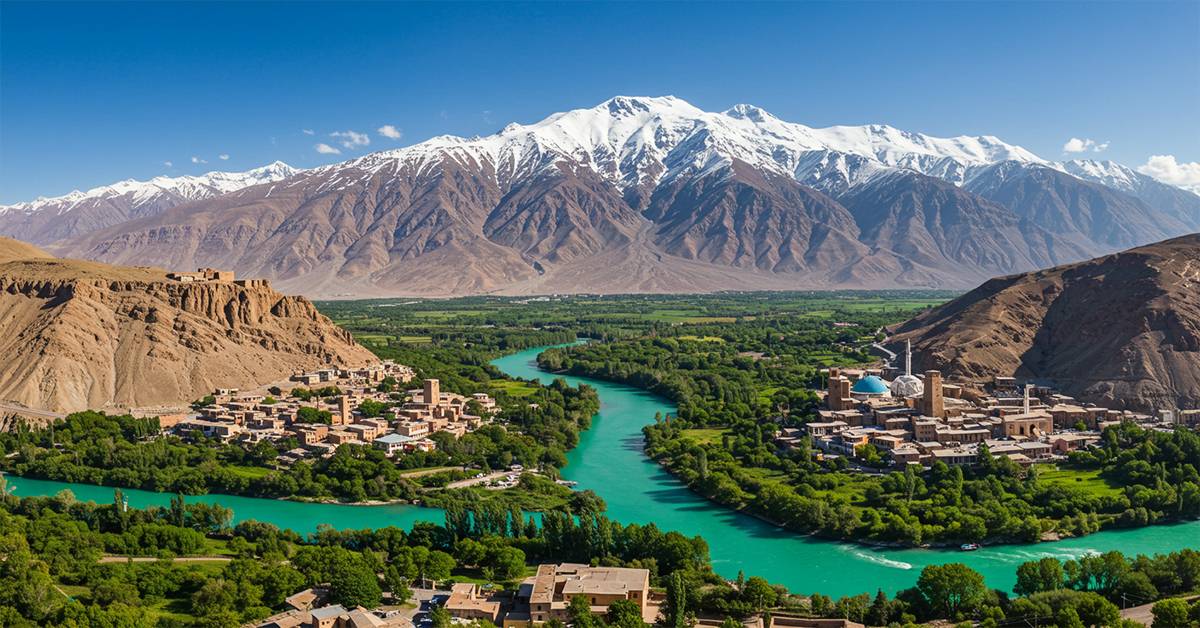Discover Iran: Home of the World’s Oldest Vineyard
Are you looking for a destination that combines ancient history, breathtaking landscapes, and unique cultural experiences? Iran is a treasure trove waiting to be explored. Beyond its mesmerizing architecture and vibrant bazaars, did you know Iran is home to the world’s oldest vineyard? That’s right! This ancient land, with its rich history of winemaking, offers travellers a chance to step back in time and experience the origins of viticulture.
Whether you’re a history enthusiast, a nature lover, a traveller or someone who simply enjoys discovering hidden gems, Iran’s vineyard history and its stunning attractions make it a must-visit destination. Let’s explore the fascinating story of Iran’s wine heritage and the top attractions you can’t miss during your trip.
Before we dive into the historical aspect of Vineyards in Iran, here are the top 3 destinations for wine-enthusiastic travellers.
1. Tuscany, Italy: Known for its picturesque landscapes and world-renowned wines like Chianti and Brunello di Montalcino, Tuscany is a must-visit for wine enthusiasts.
2. Bordeaux, France: Home to some of the most prestigious wine estates in the world, Bordeaux offers a rich history and exceptional wine-tasting experiences.
3. Napa Valley, California, USA: Famous for its high-quality wines and beautiful vineyards, Napa Valley is a top destination for wine lovers.
The Historical Significance of Vineyards in Iran
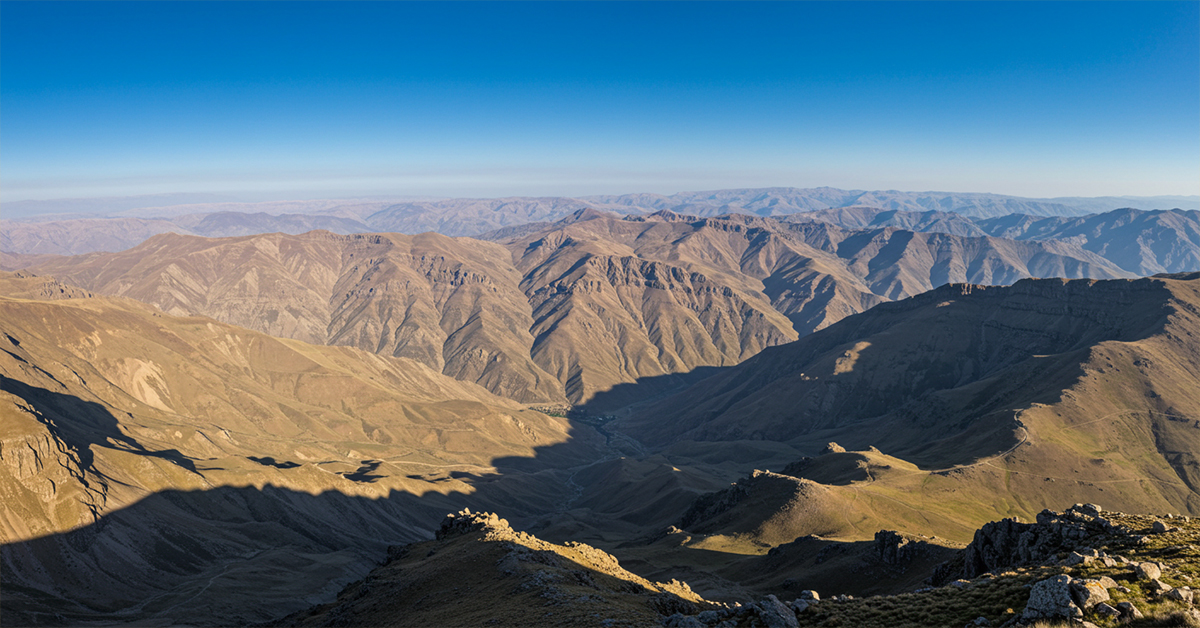
Tracing the Roots of Winemaking
For wine lovers and history buffs, Iran holds a remarkable secret—it’s one of the oldest winemaking regions in the world! Archaeologists uncovered clay jars in the Zagros Mountains containing tartaric acid, evidence of winemaking dating back over 7,000 years. Imagine walking in the same land where humanity first turned grapes into wine.
Ancient Persians were pioneers of winemaking, crafting methods and tools still admired today. These vineyards were more than agricultural fields; they were the heart of celebrations, religious ceremonies, and trade.
Wine in Persian Culture
Wine wasn’t just a drink in ancient Persia—it was poetry in a cup. Persian kings like Cyrus the Great enjoyed lavish feasts with wine, and poets like Rumi and Hafez used it as a symbol of love and spiritual awakening. When you visit Iran, you’ll see how deeply rooted wine is in its history, even influencing its art and traditions.
Iran’s Oldest Vineyard: A Journey Back in Time
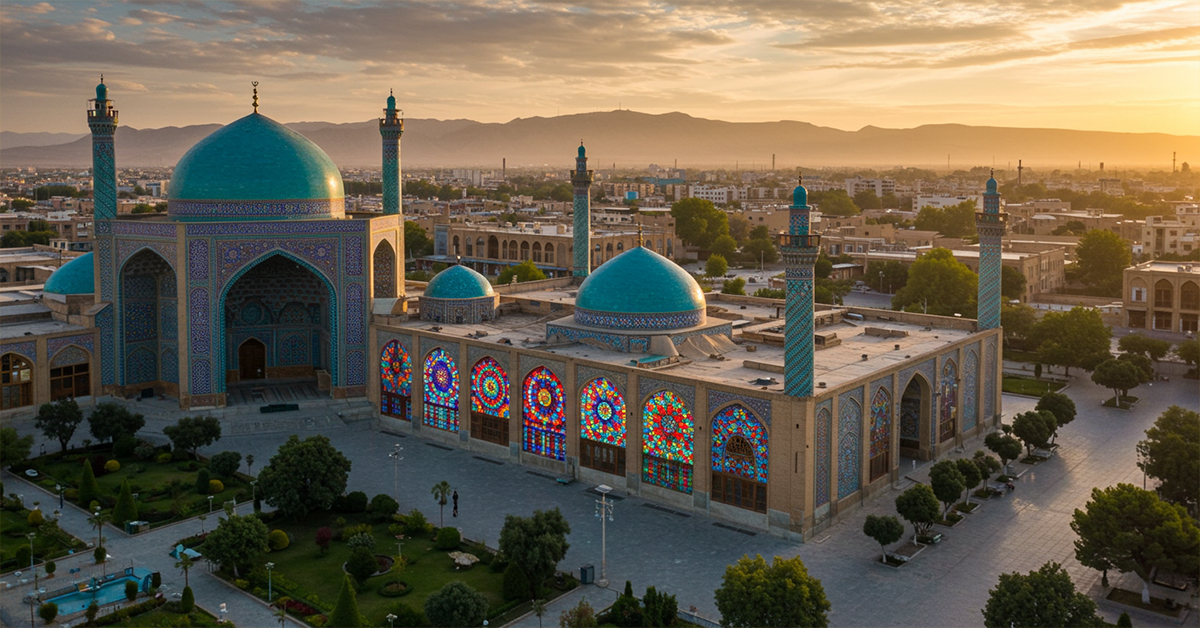
The Tale of the Ancient Vineyard
If you’ve heard of Shiraz wine, you might have guessed its connection to Iran. Shiraz, the city of poets and gardens, is believed to be where Persia’s most famous vineyards thrived. While the modern Shiraz grape’s origins remain debated, the region’s reputation as a wine hub has stood the test of time.
Archaeological Discoveries
Archaeological sites near Shiraz and other regions offer travellers a glimpse into this sophisticated ancient craft. Touring these sites is like unravelling a mystery etched in stone and soil.
Wine and Iranian Geography
The Perfect Climate for Winemaking
Iran’s diverse landscape makes it a dream destination for agriculture, especially vineyards. The country’s warm days and cool nights create ideal conditions for grape cultivation. As you travel through Iran, you’ll notice how the geography changes dramatically—from the lush northern plains to the arid central deserts—all of which contributed to its historic winemaking success.
Grape Varieties Native to Iran
While modern vineyards may not produce wine openly, the ancient grape varieties of Iran are still grown. When you visit local markets or farms, you’ll see these indigenous grapes and learn about their importance in Persian cuisine and history.
The Modern Context of Iranian Vineyards
The Impact of Islamic Prohibition
As you explore Iran, you might wonder about its wine culture today. Islamic law prohibits alcohol, but the history of winemaking hasn’t been forgotten. Many of Iran’s vineyards now focus on producing raisins, syrups, and non-alcoholic grape drinks, keeping the agricultural traditions alive.
Revival of Vineyard Culture
In recent years, local historians and cultural enthusiasts have worked to preserve Iran’s ancient vineyards as heritage sites. While you won’t find wineries, you can still visit these historic locations, learn about their significance, and enjoy grape-based delicacies unique to Iran.
Exploring Iran Through Its Vineyards
Visiting Shiraz: The Legendary Wine City
Shiraz isn’t just famous for its poets; it’s also a gateway to exploring Iran’s vinous history. Stroll through ancient vineyard sites and soak in the stories of how Shiraz once produced wines that travelled the ancient world.
Cultural Tours and Tastings
While alcohol is restricted, you can still indulge in cultural tours of historic vineyard regions. Local guides will introduce you to the history of grape cultivation, show you traditional methods, and let you taste delicious grape products. It’s an immersive way to connect with the past.
Iranian Wine Beyond Borders
The Global Influence of Persian Wine
Did you know that ancient Persian winemaking techniques influenced the wine cultures of Greece and Rome? Even today, Shiraz wine—a name familiar worldwide—keeps the legacy of Iran’s vineyards alive, though it’s produced elsewhere.
Rediscovering Iranian Wine Legacy
Historians and wine enthusiasts across the globe are now shining a light on Iran’s forgotten winemaking heritage. Documentaries, books, and exhibitions are celebrating its pivotal role in shaping global viniculture.
Top 5 Things to Do in Iran for Tourists
Besides Vineyards, there are other best attraction sites to visit in Iran, here are the top 5.
1. Explore the Ancient Ruins of Persepolis
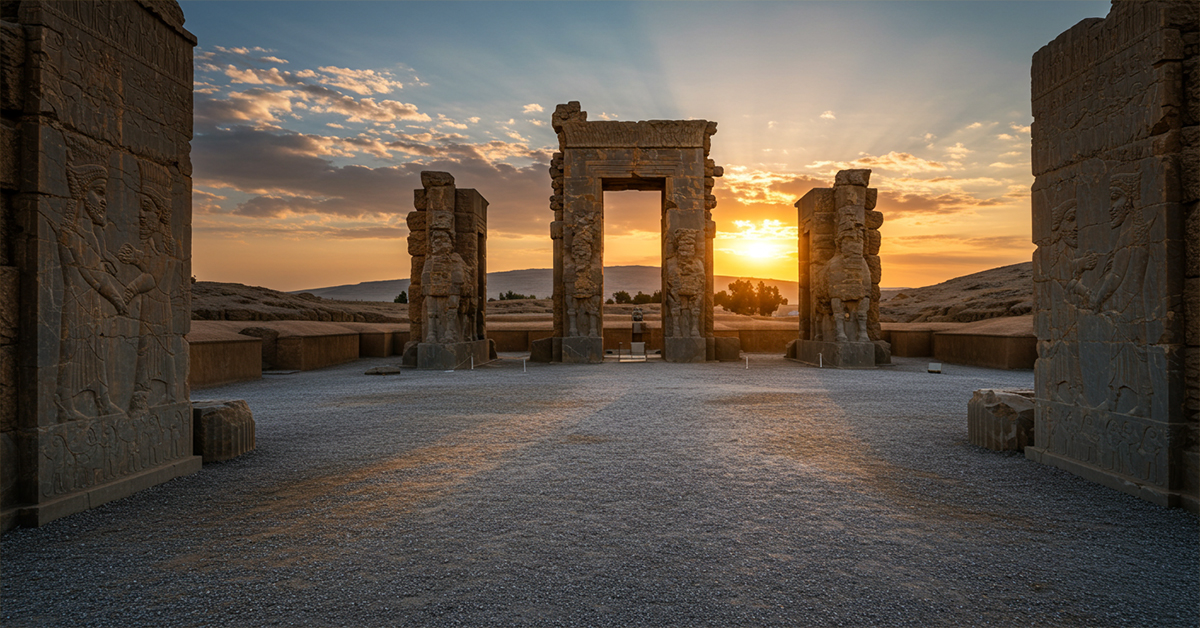
Step into the heart of the Persian Empire at Persepolis, a UNESCO World Heritage Site. These majestic ruins are a testament to the grandeur of ancient Persia, with intricately carved reliefs and towering columns that will leave you in awe.
2. Visit the Poetic City of Shiraz
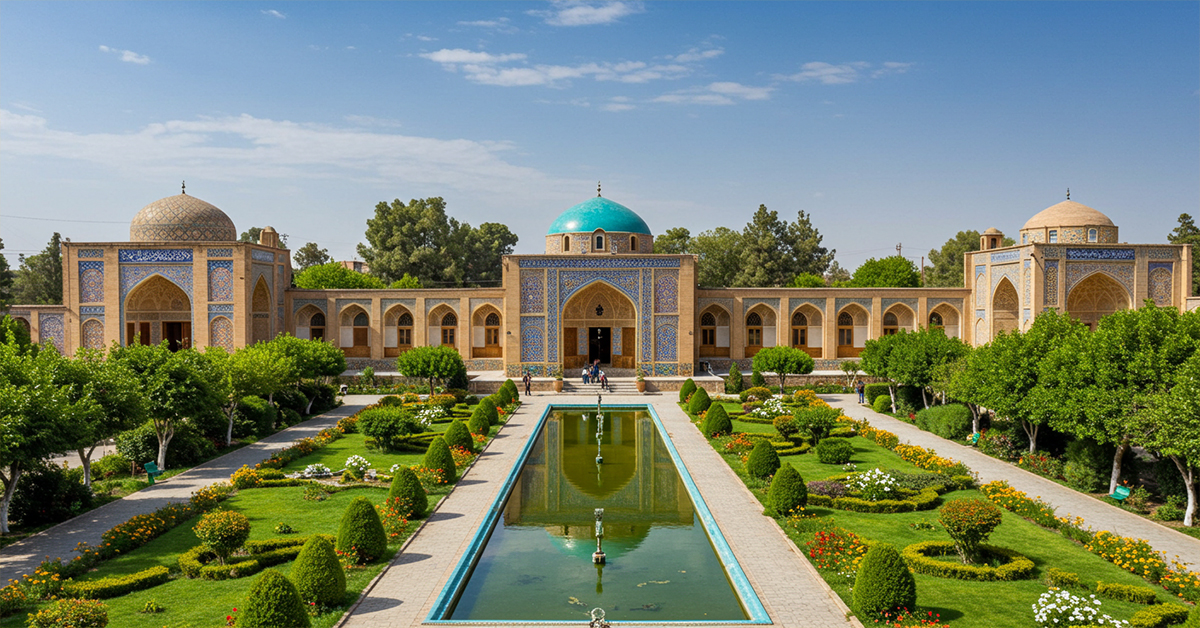
Known as the “City of Poets,” Shiraz is a haven for history lovers and romantics alike. Walk through the beautiful Eram Garden, visit the tombs of Hafez and Saadi, and immerse yourself in the city’s serene charm.
3. Wander Through Isfahan’s Naqsh-e Jahan Square
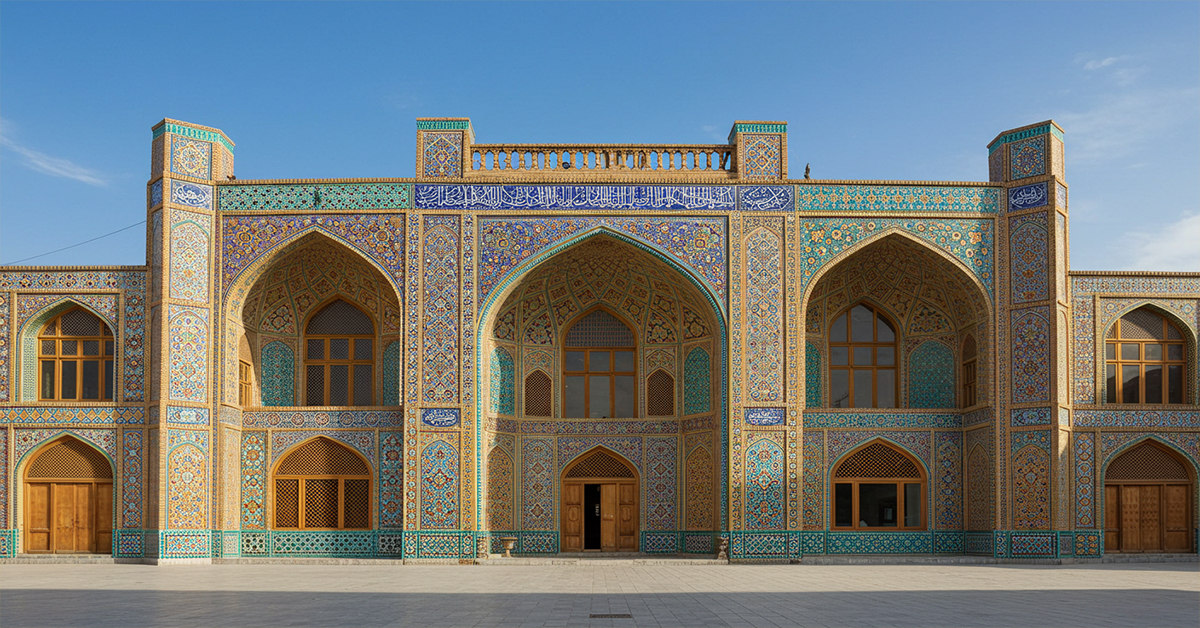
One of the most stunning squares in the world, Naqsh-e Jahan is surrounded by architectural wonders like the Shah Mosque, Ali Qapu Palace, and the Grand Bazaar. Don’t forget to enjoy a traditional Persian tea while admiring the view.
4. Discover the Mystical Desert of Yazd
The ancient desert city of Yazd is a labyrinth of mudbrick alleys, windcatchers, and Zoroastrian temples. It’s also an ideal spot to experience Iran’s unique desert landscapes and starlit skies.
5. Marvel at the Caspian Coast
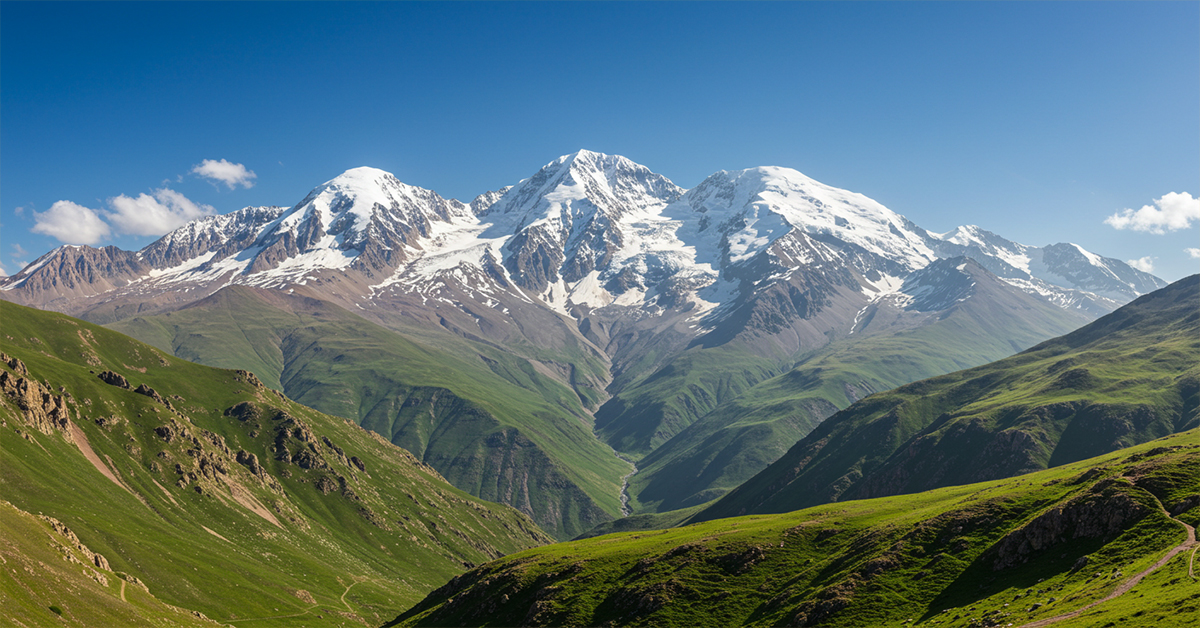
For a change of scenery, head north to the lush, green shores of the Caspian Sea. This region offers picturesque villages, tea plantations, and the Alborz Mountains—a perfect escape for nature lovers.
Final words
Iran is not just a destination; it’s a journey through time. From its ancient vineyards to its poetic cities, this country offers an unparalleled experience for travellers seeking history, culture, and beauty. Exploring Iran’s wine heritage is like uncovering a hidden chapter of human civilization—a story of innovation, celebration, and resilience.
Whether you’re walking through the ruins of Persepolis, marvelling at Shiraz’s gardens, or learning about ancient vineyards, Iran promises an adventure you’ll never forget. So pack your bags and prepare for an unforgettable journey through the land of ancient wonders.
FAQs
Can tourists visit vineyards in Iran?
While alcohol production is restricted, you can visit historic vineyard sites and learn about Iran’s winemaking history through cultural tours.
Is Shiraz wine originally from Iran?
The Shiraz grape’s exact origin is debated, but Shiraz, Iran, has long been associated with ancient vineyards and winemaking traditions.
What makes Iran unique as a travel destination?
Iran offers a rich mix of history, culture, stunning architecture, and natural beauty—plus a chance to explore its ancient roots.
Are there non-alcoholic grape products to try in Iran?
Absolutely! You can enjoy grape-based syrups, juices, and dishes made from local grape varieties.
What are some must-see attractions in Iran?
Don’t miss Persepolis, Shiraz, Naqsh-e Jahan Square in Isfahan, Yazd’s desert city, and the Caspian Coast for a well-rounded experience.

